-
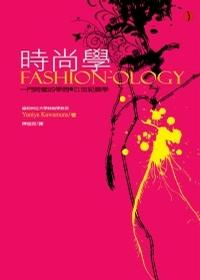
時尚學:時尚研究入門書
作者簡介 川村由仁夜(Yuniya Kawamura) 紐約州大F.I.T.時尚設計學院社會學教授 譯者簡介 陳逸如 台北人,目前居住於紐約,攻讀比較文學博士。曾任編輯與教師,譯有社會人文類書籍多本。 -
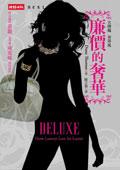
廉價的奢華
Christian Louboutin:「你不可能要求在惡劣環境下的窮人製作美麗的事物。」 奢華中國製 一家中國的工廠可以像一所大學一樣,擠滿了上千個年輕單身男女……在一座四層樓的工廠中,風扇靜悄悄地放在角落……珠江三角洲的夏天又濕又熱,讓人鬱悶難受。 一間大房間裡,有十五排長工作檯,每一張檯子旁邊站著大約十二個年輕女子,忙著黏合、敲打與用縫紉機縫紉。她們身邊都是標有名牌商標的包包,這樣規模的廠房一個月製造一萬五千個到兩萬個名牌包……。 名牌光環消失─奢華開始廉價 曾經,精品/名牌代表一種生活方式,它傳統、高貴、典雅、奢華……。 今日,精品以追求利潤為主要目標,它犧牲誠信、降低品質、玷污歷史、哄騙消費者……。 為了讓奢華「隨手可得」,企業大亨已經剝奪所有讓精品與眾不同的特質。 精品的光環已經不存在了。 追尋名牌曾經擁有的絕代風華!─給你經典款 探索精品巨獸的全球化行銷足跡!─給你暢銷款 揭露名牌不願消費者面對的真相!─給你限量款 「今日名牌的故事實際上就是在講全球化、資本化、社會階級與文化現象。黛娜.湯瑪斯對這一切具有獨到的見解,並寫出絕佳的作品──一本關於名牌的經典書。」 ──法瑞德.札卡里亞(Fareed Zakaria) 「假如你曾好奇,為什麼一個女人非得買一只價值三千美元的手提包,或者為什麼她沒有某種顏色的脣膏就會自慚形穢,本書以作者觀察到的現象漸進地解釋這一切。黛娜.湯瑪斯出色地剖析這些流行現象,而這隻健康的名牌怪獸仍然在伸展台上恣意賣弄。本書也許會讓一些女人在把租金花在精品鞋前停下來想一想。」 ──《紐約郵報》編輯/里察.強森(Richard Johnson) 「黛娜.湯瑪斯是位出色的記者,擁有洞察現象的犀利眼光。在本書中,她解釋坐擁巨富的精品工業與背後主控的企業大亨如何剝削與欺騙全世界的消費者,讓人對這一切現象豁然開朗。」 ──《傲慢:謊言、醜聞和伊拉克戰爭的內幕》共同作者/麥可.伊希考夫(Michael Isikoff) 「假如你懂時尚,你將會讀得津津有味;就算是你是門外漢,本書也一樣讓人著迷。黛娜.湯瑪斯是個不畏強權的記者,披露出有多少精品是多麼不值一哂。這是一則讓人手不釋卷的故事,訴說將名牌轉變成全球性商品的男人與女人的故事。」 ──《華盛頓郵報》專欄作家與《崇高的思想》作者/喬爾.阿肯巴克(Joel Achenbach) 「透過詳盡的報導與個人化的故事,黛娜.湯瑪斯對一項推動世界運轉的企業做了歷史性的調查,上流社會的某些人也許不會再那麼歡迎她,但是代價是寫出一本任何研究時尚、財經或文化的學生都該參考的書籍。」 ──《女裝日報》前西岸分社長/蘿絲.阿波達卡(Rose Apodaca) 「『J小姐』說,『不要買鞋子,去買本書看』。當時尚週的時裝發表會很晚才開始時,本書便是絕佳的首選,閱讀它就是奢華的享受。」 ──電視節目「超級名模生死鬥」的裁判(即J小姐本人)/杰伊.亞歷山大(Jay Alexander) 「無數的書本告訴你,人們迷戀精品是因為他們認為那代表奢華階級,那像是一個夢,那也讓你的品味變成一種外在標示,而這本書告訴你的正好相反!」 ──名作家/成英姝 -
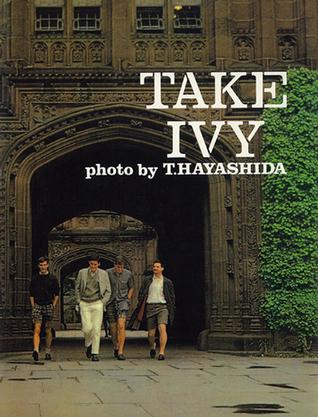
Take Ivy
Madras plaid, Top-Siders, seersucker shorts, highwater trousers, tweed jackets, Brooks Brothers, J. Press, and J. Crew. What comes to mind? Described by The New York Times as, “a treasure of fashion insiders,” Take Ivy was originally published in Japan in 1965, setting off an explosion of American-influenced “Ivy Style” fashion among students in the trendy Ginza shopping district of Tokyo. The product of four sartorial style enthusiasts, Take Ivy is a collection of candid photographs shot on the campuses of America’s elite, Ivy League universities. The series focuses on men and their clothes, perfectly encapsulating the unique academic fashion of the era. Whether lounging in the quad, studying in the library, riding bikes, in class, or at the boathouse, the subjects of Take Ivy are impeccably and distinctively dressed in the finest American-made garments of the time. Take Ivy is now considered a definitive document of this particular style, and rare original copies are highly sought after by “trad” devotees worldwide. A small-run reprint came out in Japan in 2006 and sold out almost immediately. Now, for the first time ever, powerHouse is reviving this classic tome with an all-new English translation. Ivy style has never been more popular, in Japan or stateside, proving its timeless and transcendent appeal. Take Ivy has survived the decades and is an essential object for anyone interested in the history or future of fashion. -

时装的面貌
时装令人困惑、令人入迷也令人恼怒,但它最大的特点是它的吸引力。无论人们是否喜欢时装,时装对人——甚至包括那些回避时装的人——都有强大的影响。人们对时装的态度也许很模棱两可,但服装的重要性却是不可否认的。“人靠衣装”这句老话现在仍然适用,而某种场合下的错误装束能够引起灾难性的后果。然而人们是怎样获得服装规则知识的呢?日常服装的规则是怎样受到新风格影响和改造的呢?我们穿衣的方式怎样促进“自我”表现的呢?说到底,为什么时装是一种重要的现象而且会如此重要? -
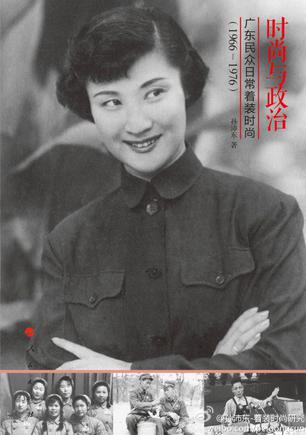
时尚与政治
本书聚焦20世纪六七十年代广东民众的日常着装选择,在对大量访谈资料、文献资料和图片资料进行分析的基础上,着重探讨了这一期间,总体性社会中国家及其政治意识形态等因素如何型塑和规训个体的日常着装行为。人们在这种特殊的制度背景中采取了哪些着装策略,非市场化条件下时尚的产生与传播机制如何。20世纪六七十年代,国家在时尚建构中的作用显著,它不但界定了当时社会政经结构的合法性,而且型塑并规训了民众的日常着装,并由此自上而下地确立了一整套日常的着装秩序。 -
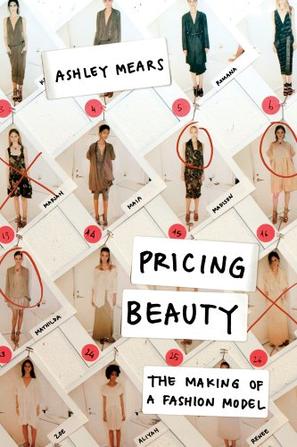
Pricing Beauty
Sociologist Ashley Mears takes us behind the brightly lit runways and glossy advertisements of the fashion industry in this insider's study of the world of modeling. Mears, who worked as a model in New York and London, draws on observations as well as extensive interviews with male and female models, agents, clients, photographers, stylists, and others, to explore the economics and politics - and the arbitrariness - behind the business of glamour. Exploring a largely hidden arena of cultural production, she shows how the right 'look' is discovered, developed, and packaged to become a prized commodity. She examines how models sell themselves, how agents promote them, and how clients decide to hire them. An original contribution to the sociology of work in the new cultural economy, "Pricing Beauty" offers rich, accessible analysis of the invisible ways in which gender, race, and class shape worth in the marketplace.